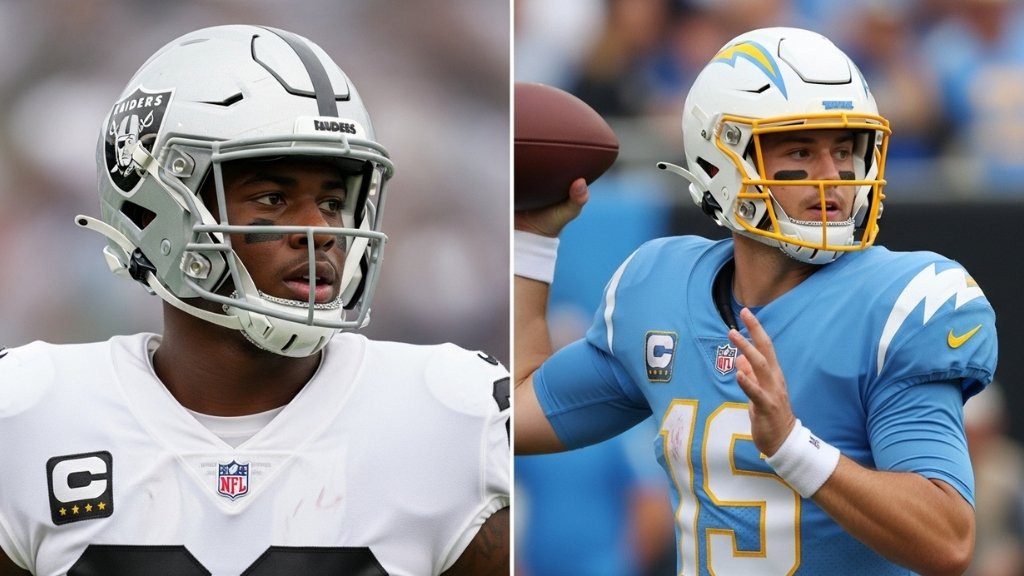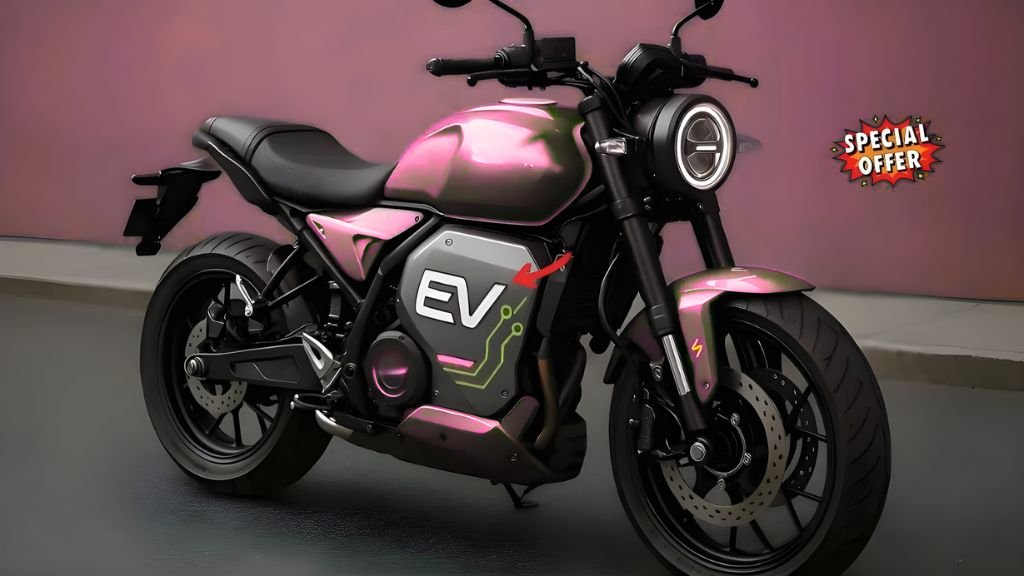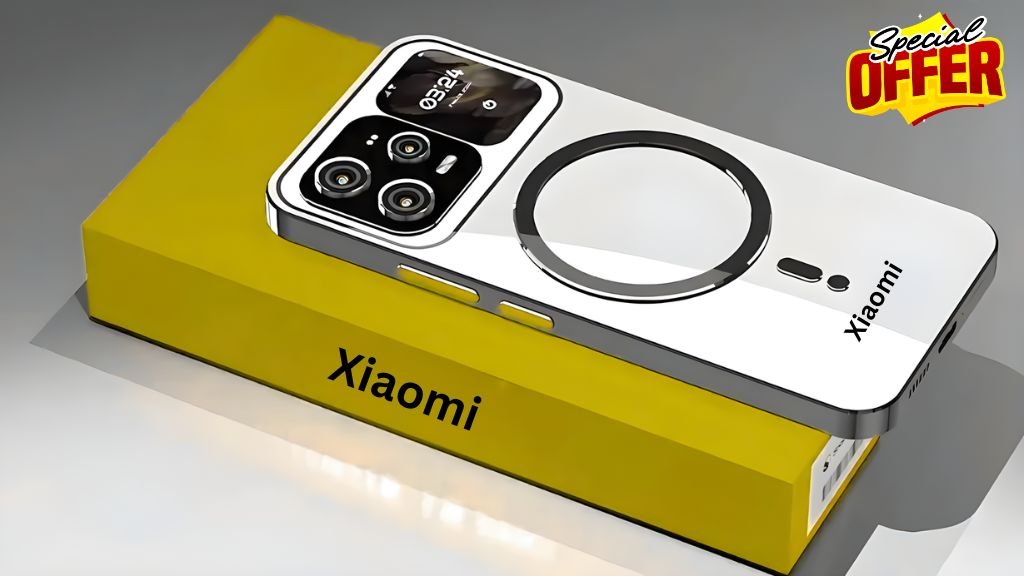Jim Harbaugh Raiders: The Las Vegas Raiders’ 20–9 defeat to the Los Angeles Chargers ignited a fresh round of second-guessing about two of the franchise’s biggest decisions: the quarterback they invested in and the head coach they didn’t hire. In the aftermath, a prominent analyst argued the Raiders should have gone all-in on Jim Harbaugh and blasted Geno Smith as an “overpaid, mediocre” option after a turnover-heavy performance.
The game that lit the fuse
Las Vegas never found an offensive rhythm. Drives were long but unproductive, red-zone chances fizzled into field goals, and giveaways flipped both momentum and field position. The Chargers didn’t need fireworks; they played steady, mistake-averse football, leaned on a defense that squeezed throwing lanes, and banked points when opportunities appeared. By the fourth quarter, it felt like the Raiders were playing uphill on every snap.
Why Harbaugh became the centerpiece of the debate
Arguments for “you should’ve hired Harbaugh” resurfaced for a simple reason: his teams tend to show fast structure—clean situational execution, complementary football, and a defined identity on both lines. After this loss, critics said the contrast was glaring. The Chargers looked like a group with an established blueprint; the Raiders looked like a roster still figuring out how its pieces fit in real time.
The Geno Smith critique, unpacked
The analyst’s harshest words centered on value. If you pay veteran-QB money, the thinking goes, you’re paying to avoid exactly what doomed the Raiders here—late throws into tight windows, drive-killing mistakes, and an offense that can’t cash in when it finally reaches the red zone. Fair or not, the quarterback becomes the lightning rod when the offense stalls and the turnover margin tilts the wrong way.
Where the Jim Harbaugh Raiders actually fell short
- Early downs: Too many 2nd-and-longs put the playbook in a box and let the Chargers sit on intermediate routes.
- Protection vs. timing: When the pocket wasn’t perfect, the ball didn’t come out on time. That’s where tight-coverage throws turned risky.
- Red zone: Settling for threes in a one-score game is survivable—until turnovers stack up.
- Explosives: The Chargers found just enough chunk plays; the Raiders didn’t create the easy yards that flip a game’s math.
The bigger picture: team-building and opportunity cost
The postgame argument wasn’t just about one week. It was about sequencing choices over two offseasons—coach, quarterback, cap allocation—and how those decisions show up under bright lights. The “hire Harbaugh” crowd sees a missed window for a program builder with a proven NFL track record and recent collegiate hardware. The “stay the course” crowd counters that installing a new system takes time, the defense showed bite, and cleaner quarterback play alone could have swung the outcome.
What the staff can fix right now
- Scripted rhythm: More quick game and play-action on first down to keep the offense on schedule.
- Defined answers vs. pressure: Hot routes and sight adjustments that turn blitz looks into layups.
- Condensed red-zone menu: Fewer calls, executed better—high-percentage throws, a trusted run concept, and one go-to isolation.
- Protection tweaks: Extra chips and six-man protections on longer-developing concepts to give routes time to win.
What this means for Smith
This isn’t a referendum on his entire season, but it is a reminder of the job description. With veteran money comes a narrow margin for error. The path back is straightforward: protect the ball, hit rhythm throws, and take the free yards defenses concede. If he strings together clean weeks, the noise fades. If turnovers linger, so will the questions about fit and value.
For the fan base: frustration with a throughline
Fans can accept a rebuild or an identity play; what grates is watching a team that can move the ball between the 20s but can’t finish, while a division rival looks composed and opportunistic. That’s the emotional core of the “should’ve hired Harbaugh” take—less about a single name, more about a demand for coherence and edge.
Bottom line
The 20–9 loss didn’t just sting—it fueled a narrative. Harbaugh’s Chargers looked organized and opportunistic; the Raiders looked close but incomplete. The fix isn’t mysterious: win first down, protect the ball, finish drives. Do that, and the conversation shifts from who they didn’t hire to the team they’re becoming. Until then, every misfire will echo with the same refrain: you should’ve gone for Harbaugh.







